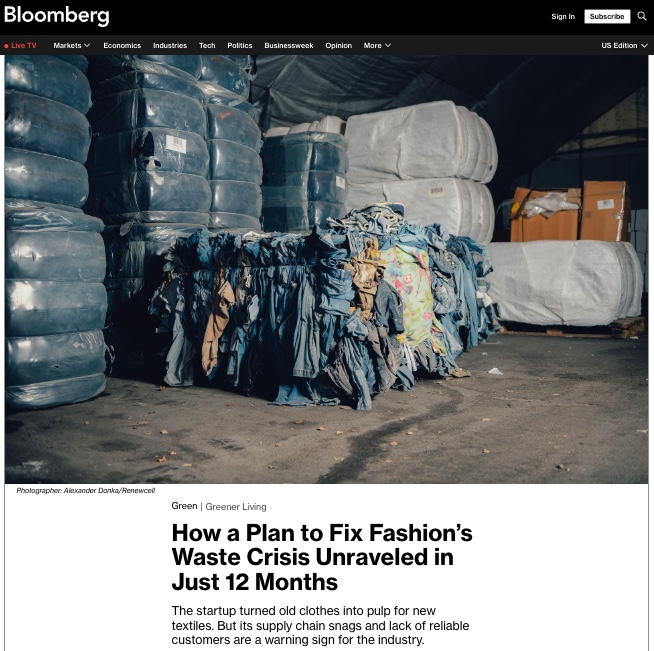Bloomberg | The bankruptcy of a pioneer in textile-to-textile recycling has raised concerns over the demand for and viability of alternative materials in the fashion industry. While many brands have pledged to use more recycled materials, action has been limited thus far. An article in Bloomberg highlights that without more investment into material innovation, demand for sustainable raw materials could exceed supply by 133 million tons by 2030, according to a report by Quantis, BCG and Textile Exchange.
The industry’s future depends on better integration between innovators and manufacturers, as well as the strategic placement of recycling facilities. Without significant investment and changes in business models, the supply of sustainable raw materials may fall short of demand, potentially leading to continued reliance on traditional fibers and synthetics.

Latest resources

What nature-related risks does the pharma industry face?
By protecting biodiversity and natural ecosystems, the pharmaceutical industry can mitigate risks and build long-term resilience.

World Cocoa Foundation publishes first ever greenhouse gas accounting standard for the cocoa sector
World Cocoa Foundation & Quantis launch first-ever GHG standard, helping the cocoa sector measure, report, and cut emissions consistently.

Accelerating progress to 2030 climate targets
Allon Zeitoun and Géraldine Noé sit down to discuss the progress made, challenges ahead and what companies can do to accelerate action to 2030 targets.
